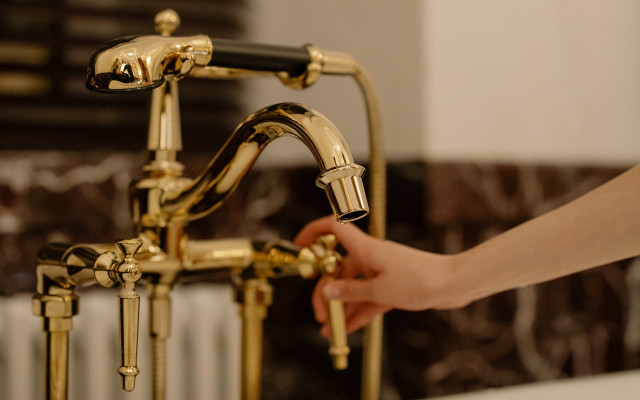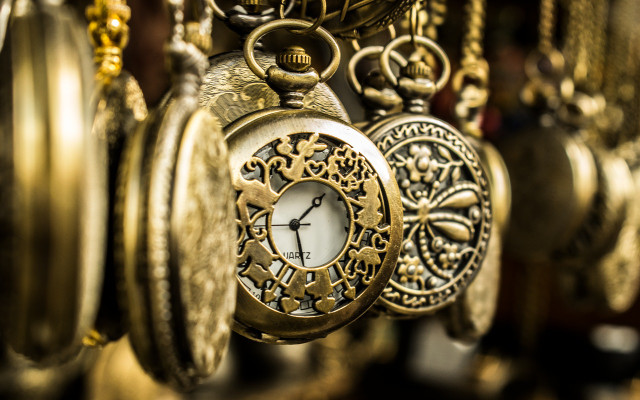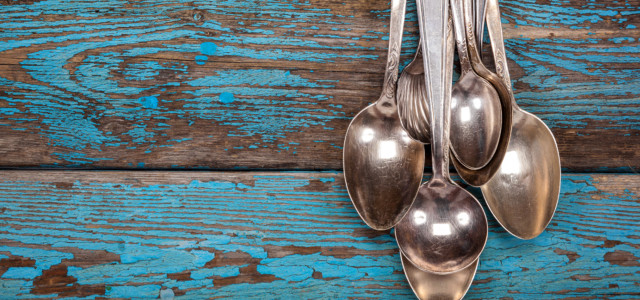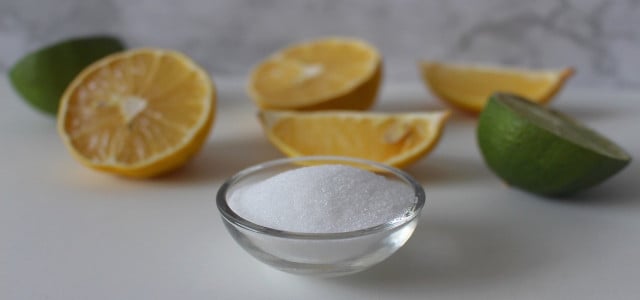Brass is a stunning alloy commonly used for things like locks and hinges, candlesticks, door handles, instruments, plumbing fixtures, and different types of home decor. We’ll show you the best ways to clean and polish brass using natural household products.
Natural household remedies are a great way to clean your house from top to bottom, but it’s important to keep in mind that different surfaces require different products. Brass has become especially popular, which means there are many look-alike surfaces that appear to be brass, but actually aren’t.
So before we look at how to clean brass, be sure to check that what you’re cleaning and polishing is actually brass. That’s easy enough to do — all you’ll need is a magnet. If the magnet sticks to your item, it’s not real brass. Brass isn’t magnetic.
The 7 Best Ways to Clean and Polish Brass Naturally

Before getting right into the various cleaning methods, we recommend taking a clean brush and trying to brush away and dust and dirt first.
-
Soapy Water: this works well as a starting point for all methods so you know what you’re dealing with. If the brass is lacquered or varnished, you’ll want to stick to soapy water only so as to not damage the coating.
-
Ketchup: because it contains vinegar, this kitchen staple works well. Simply spread a small amount of it on your brass item and leave it on for about an hour. Wipe it clean with warm soapy water, dry it off to polish, and enjoy the new shine. If you have stubborn dirt, you can repeat this process as necessary.
-
Vinegar Paste: this method can also work on corroded brass. Mix together equal parts vinegar, salt, and flour. Spread that paste on the brass and allow it to sit for a few minutes. Then rinse with cold water, dry well, and buff to polish.
-
Salt & Vinegar: use a little elbow grease to clean brass fixtures like plumbing and doorknobs that get a bit more wear and tear. Dip your cloth into vinegar and then into some salt. Use the cloth to really scrub the brass — especially on tarnished areas.
-
Yogurt: bet you didn’t think you could use dairy products to clean brass! Spread some yogurt on your brass item and leave it rest for about 10 minutes before rinsing with cold water and drying it off.
-
Buttermilk: depending on the item, you can place your item directly in a bowl of buttermilk and leave it rest for about 10 minutes or so before rinsing and drying. For items that can’t be placed in a bowl, use a cloth to spread some buttermilk over the surface, then follow the same method.
- Lemon Juice & Baking Soda: no household remedy list would be complete without lemon juice and baking soda making an appearance. Use the juice of half a lemon and approximately 1 tsp of baking soda to make a thick paste in a separate bowl to rub on the brass. Rinse under warm water and dry well.
Things to Watch Out For



Most modern brass will not change color or acquire a patina over time because it has a clear lacquer topcoat. This lacquer serves to protect the shiny finish commonly associated with brass. When cleaning lacquered brass, stick to soapy water so you don’t damage the lacquer finish.
Another thing to look out for is that certain items are brass plated as opposed to solid brass. Typically zinc or steel is coated in brass plating to give the appearance of brass without the high cost of pure brass. Plating has a shorter lifespan, and the thinner it is, the more quickly it will deteriorate.
As previously mentioned, it’s a good idea to ensure that your brass is actually brass before using any of the above methods to clean it. If you don’t have a magnet handy, you can also scratch the surface. If it’s solid brass, the scratch will be yellow and shiny — anything else will exhibit a silver-colored scratch.
In many cases, the tarnishing actually adds value. Before you go to clean it, keep in mind that the aging or patina is actually what some people love most! Whether your brass is brand new or aged to perfection, the best way to keep it clean is by washing it regularly with warm soapy water.
** Links to retailers marked with ** or underlined orange are partially partner links: If you buy here, you actively support Utopia.org, because we will receive a small part of the sales proceeds. More info.Do you like this post?








